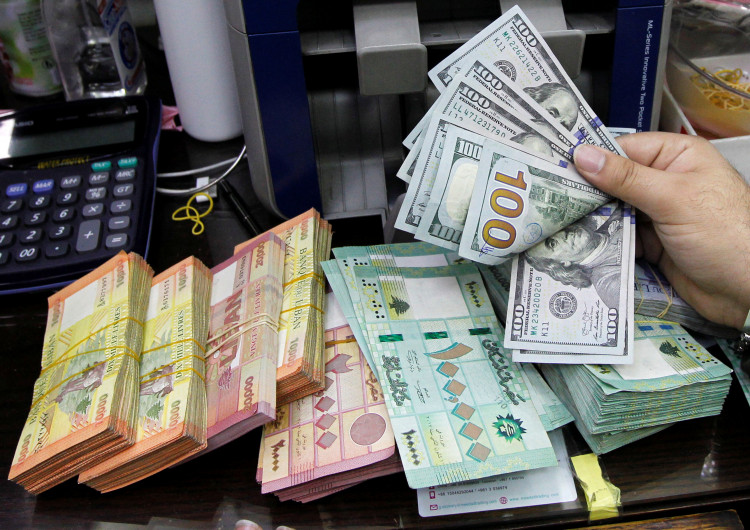The U.S. dollar rose on Thursday, bolstered by a combination of central bank meetings and mixed economic signals, which kept currency traders on high alert. The dollar index, which measures the greenback against a basket of six major currencies, gained 0.2% to reach 105.42, reflecting a volatile period marked by uncertain economic indicators and political instability in Europe.
A key factor supporting the dollar's ascent was the decline in the British pound and the Swiss franc. The pound slipped 0.2% to $1.2691 following the Bank of England's (BoE) policy announcement, which saw a 7-2 vote to maintain the main interest rate at its current level. The decision was described as "finely balanced," suggesting potential future rate cuts. Neil Jones, senior FX sales to financial institutions at TJM Europe, noted, "The pound is trading lower on the 'finely balanced' comment. This is clearly a dovish hold. The narrative from Bailey suggests for some, they are close to cutting."
Similarly, the Swiss franc fell against the dollar after the Swiss National Bank (SNB) cut its interest rate by 25 basis points to 1.25%. This unexpected move, given the franc's recent appreciation amid French political uncertainty, surprised some market watchers. "Given the appreciation of the franc in the context of the French political turbulence, we had expected a dovish message, but not a cut," said Christian Schulz, deputy chief European economist at Citi. The dollar climbed 0.6% to 0.8894 francs in response.
The SNB's rate cut came as the bank forecasted a further decline in inflation, predicting a rate of 1.1% by 2025. SNB Chair Thomas Jordan explained the decision to CNBC's Silvia Amaro, stating, "[We have] inflationary pressures that slightly declined, we have also [a] strong Swiss franc, and we have an increase in uncertainty globally. So, we came to the conclusion that, given those circumstances, it is best to lower rates by 25 basis points."
Meanwhile, the euro also faced pressure, falling 0.16% against the dollar to $1.07285, although it remained above the six-week low of $1.0667 hit on Friday. European markets have been uneasy due to political developments in France, where President Emmanuel Macron's call for parliamentary elections has created uncertainty.
In other currency movements, the Norwegian krone reached a four-month high against the euro after the Norges Bank held its interest rates at a 16-year high of 4.25%. The euro dropped to its lowest level against the krone since late January, trading at 11.2777.
Currency market volatility has been pronounced over the past ten days, fueled by political instability in Europe and speculation about central bank rate policies. Last week, the dollar rallied while the euro tumbled to its lowest since May 1, as markets worried that Macron's political gamble could usher in high-spending, far-right, or far-left elements to power.
Economic data from the U.S. has also influenced the currency markets. The dollar briefly dipped after Tuesday's data showed U.S. retail sales were lower than expected in May, adding to signs that the economy might be slowing, potentially paving the way for the Federal Reserve to cut interest rates in September. However, manufacturing production surged, adding to the mixed signals from the U.S. economy.
Japan's yen fell to its lowest level since April 29, following Japanese authorities' latest intervention efforts to support the currency. The dollar rose as high as 158.47 yen, settling at 158.41. Japan's top currency diplomat, Masato Kanda, emphasized the country's readiness to intervene in foreign exchange markets if necessary.
Reuters and CNBC also contributed to this report.






